3 takeaways from Amazon's new cashier-less grocery store
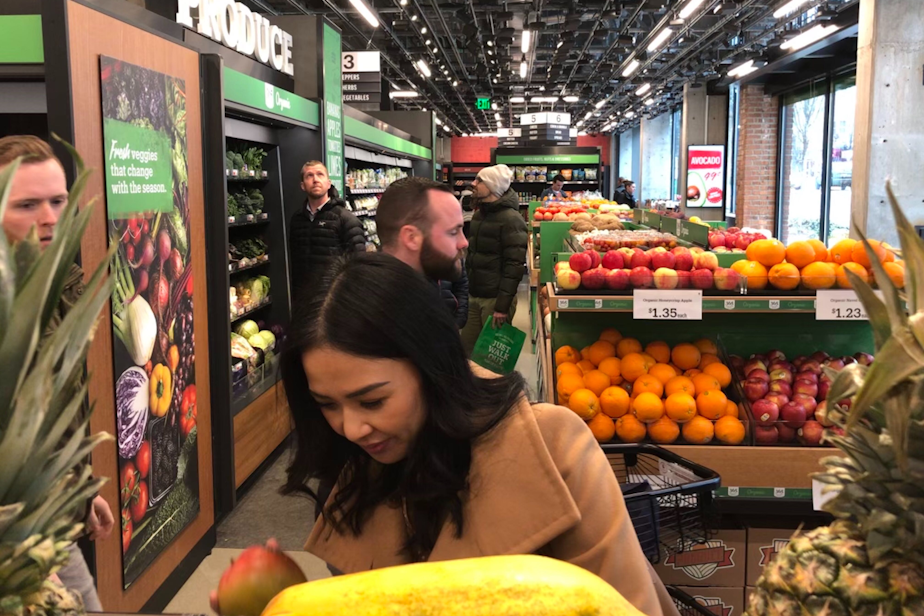
Amazon advanced its Go concept Tuesday with the opening of an Amazon Go Grocery store in Seattle's Capitol Hill neighborhood.
Here are three big things we learned by shopping there.
1
Cashier-free (still) doesn't mean free of employees
One common concern about Amazon's physical stores was voiced by customer Charles Blood on Tuesday.
"The positive is, it's fast. The negative is, it's eliminating jobs," he said.
Blood came from several neighborhoods over (Leschi) to what he called the store of the future.
Sponsored
"And I'm a part of the past," he said.
What are the true costs of going cashless? Jobs?
But on opening day at least, Amazon Go Grocery was heavily staffed. I counted nine green-hatted employees in the public part of the store, and glimpsed several more in the back stockroom before I was caught for snooping and shooed away.
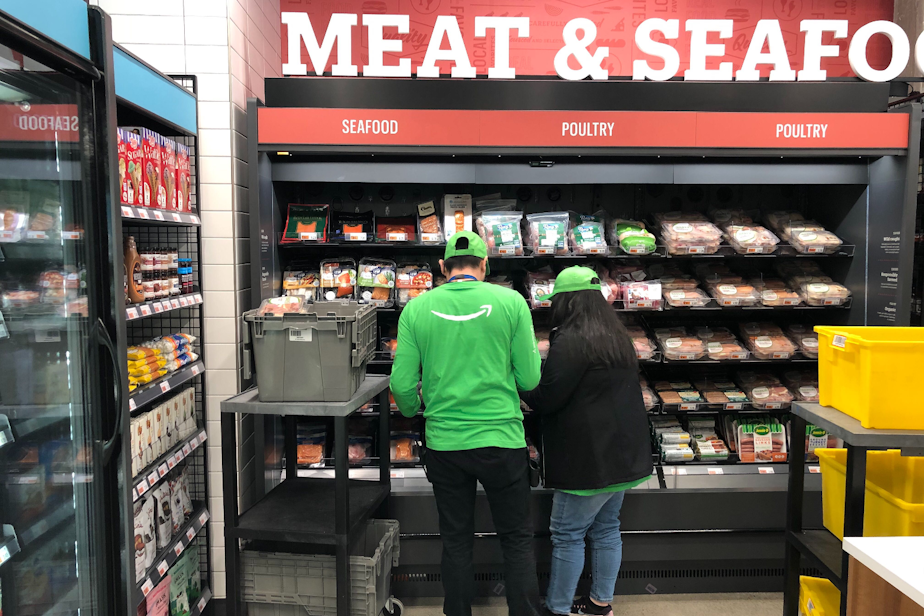
Amazon's employees restocked shelves and explained how the store worked to customers like Adam Thavixay.
Sponsored
"I was like, 'Where do I pay?'" Thavixay recalled. "And the guy in there was like, 'You don't have to pay, you scanned it and they already know what you took.'"
Thavixay said he wondered if the guy was serious.
"But he was wearing the green hat and everything, so in my mind, I was like, 'He works here. So - it's real.'"
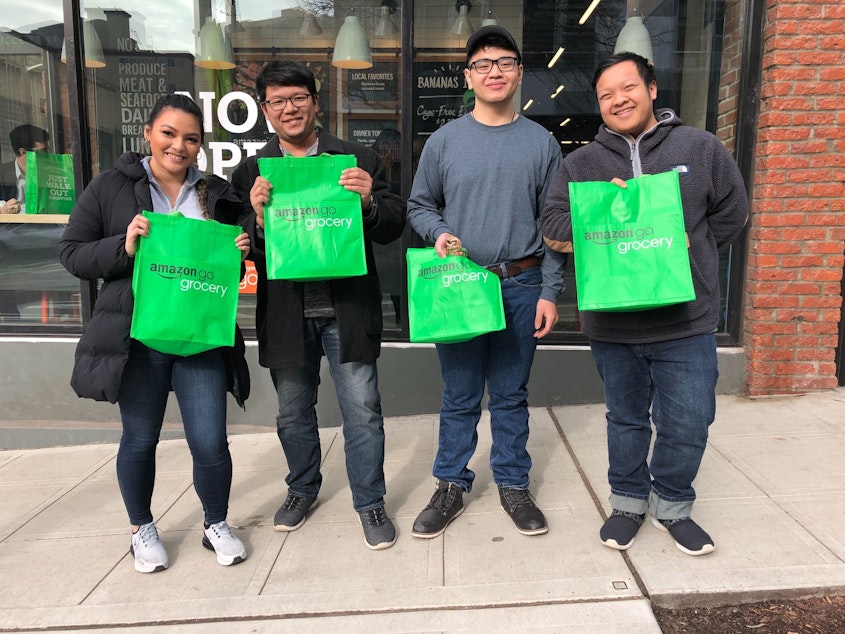
It's unclear what long term effect automation will have on the grocery store workforce if the technology eventually makes its way into the Safeways and Krogers of the world. But Amazon is waging a longer campaign to convince us that automation creates more jobs than it destroys. For that reason, it would be surprising if Amazon staffed this flagship project any less robustly than it has. A spokesperson told me the company had hired "dozens" of workers at this store.
Sponsored
2
This grocery store takes Amazon's "grab and go" technology to the next level
It's one thing for Amazon's cameras and in-shelf-sensors to detect when you remove a box of cereal from the grocery store shelf. They're all the same size and predictable in shape and color.
But produce varies dramatically in appearance.
Consider the parsley display in a typical produce aisle. The tops all face outward, presenting a monolithic sea of green. From this bushy chaos the customer pulls one, maybe two or three bunches of parsley - and puts it in a bag. How does the computer sense how many bunches you took?
Sponsored
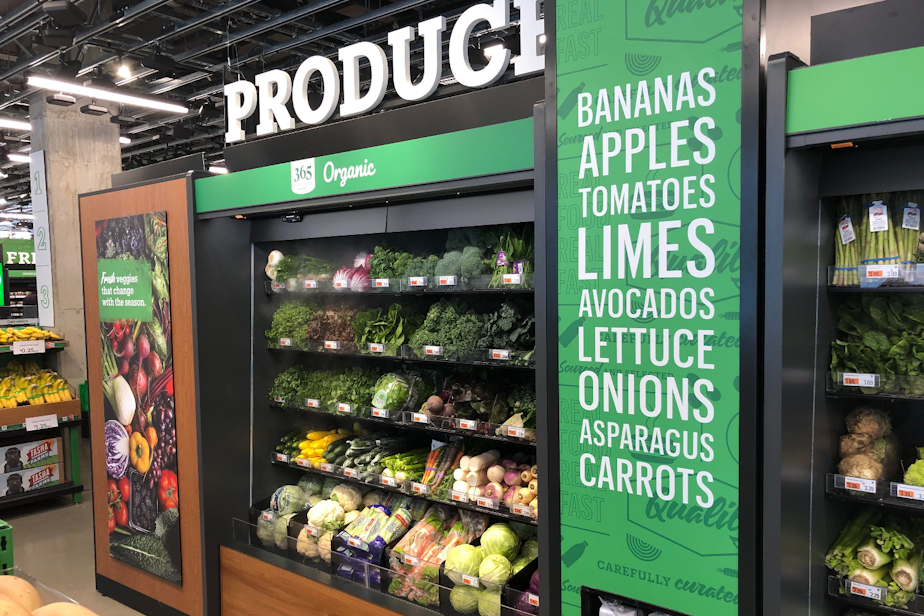
The freezer aisle presents another challenge. To a camera, the reflective surfaces can turn a busy aisle into something like a fun house maze full of mirrors. Doors can also fog up. Amazon's A.I. has enough intelligence to pierce through all that.
There were times, when I was getting my non-quotable background-only tour of the store, when it seemed Amazon was selling difficult products just to prove it could be done. For example, they sell donuts in a self-serve case. The customer grabs them with a sheet of paper and slips them in a paper bag.
For cameras, tracking that doughnut is like watching the coin in a magician's hand.

Sponsored
Roger Ryder, a tech enthusiast and investor who drove up from Portland to see the grocery store in action, went straight for the doughnuts, in order to try and break the system.
In the end, breaking the system might be the point. Artificial Intelligence becomes more intelligent by making mistakes and learning from those mistakes. And if the cost of those mistakes is losing a bunch of parsley or a doughnut every once in awhile, that's probably something Amazon can afford.
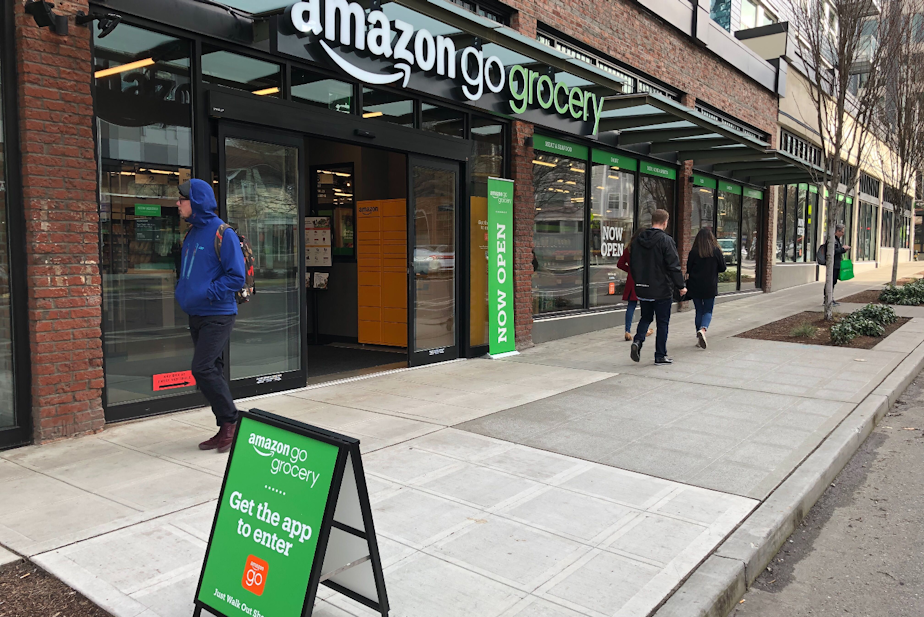
3
Amazon wants to show this technology can scale up
At 10,400 square feet, this store is nearly four times bigger than other stores that have used this technology. The biggest Amazon Go store is only 2,700 square feet.
After Amazon showed that this technology could work in 7-11 sized convenience stores, 7-11 started developing its own proprietary version of "grab and go" technology at its Texas headquarters.
Now, Amazon's showing this technology can also work in small neighborhood grocery stores. That's bound to draw a response from some grocery store chains.
And there are new benefits to shopping for groceries in this way that few truly understood until Amazon demonstrated them. One benefit is that you can bag as you go, filling one bag with frozen foods, one bag with pantry items, one bag with produce. That makes it easier to put things away when you get home.
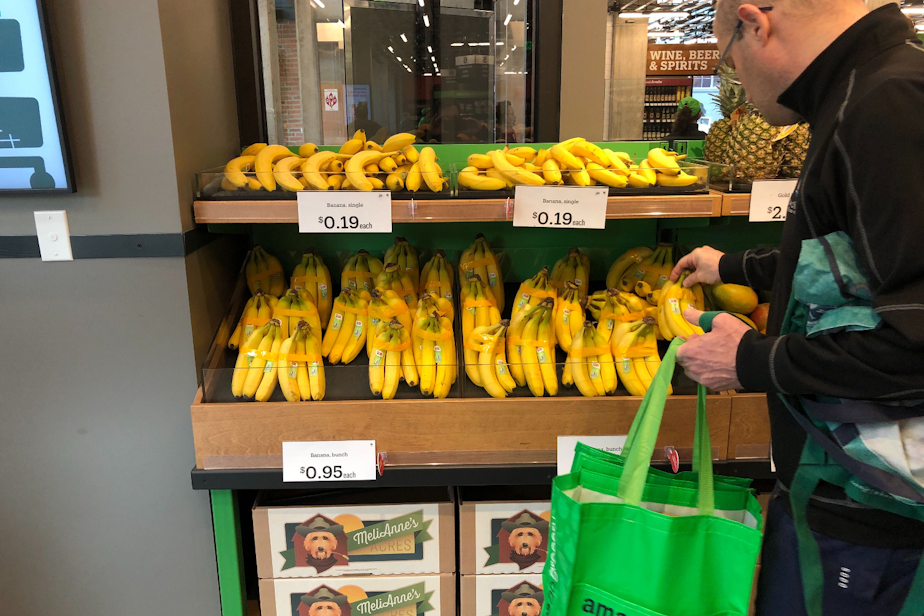
A few other FAQs:
Is this grocery store unionized?
No, the store is not unionized. Whole Foods (which is owned by Amazon) employees have been trying to unionize for years. The prospect of a larger labor fight may explain why Amazon explicitly says it has no interest in bringing cashierless technology to Whole Foods.
In the past, unions have called Amazon Go a threat to the economy. And while Whole Foods increased pay for employees to $15 an hour, some workers told The Guardian that soon after receiving a raise, their hours were cut. That's a move United Food and Commercial Workers International Union President Marc Perrone once called "the worst case of bait and switch I've ever seen."
Amazon's effect on the industry is wider than just Whole Foods. Amazon Go Grocery uses Whole Foods' suppliers to provide many of its groceries. And in California, because of pressure brought by Amazon, third party suppliers in the supply chain are consolidating and dropping benefits, according to Lou Villavazo, the secretary treasurer of Teamsters Local 630 who handed out leaflets to customers in front of a Whole Foods grocery store in Pasadena on Tuesday morning.
Will Amazon Go Grocery accept cash?
Being cash free got Amazon Go into trouble in some cities. Now, as at Amazon Go stores, if you want to pay with cash, you can just alert a green-hatted employee and they'll let you in (normally, you have to scan in with your Amazon account).
Will SNAP/food stamps be accepted at Amazon Go Grocery?
Amazon has applied for permission to accept this form of payment from the USDA, according to a spokesperson and is awaiting final permission.
How do they make sure minors aren't buying alcohol?
One of the many Amazon employees stationed around the store checks IDs of people entering the alcohol section.

